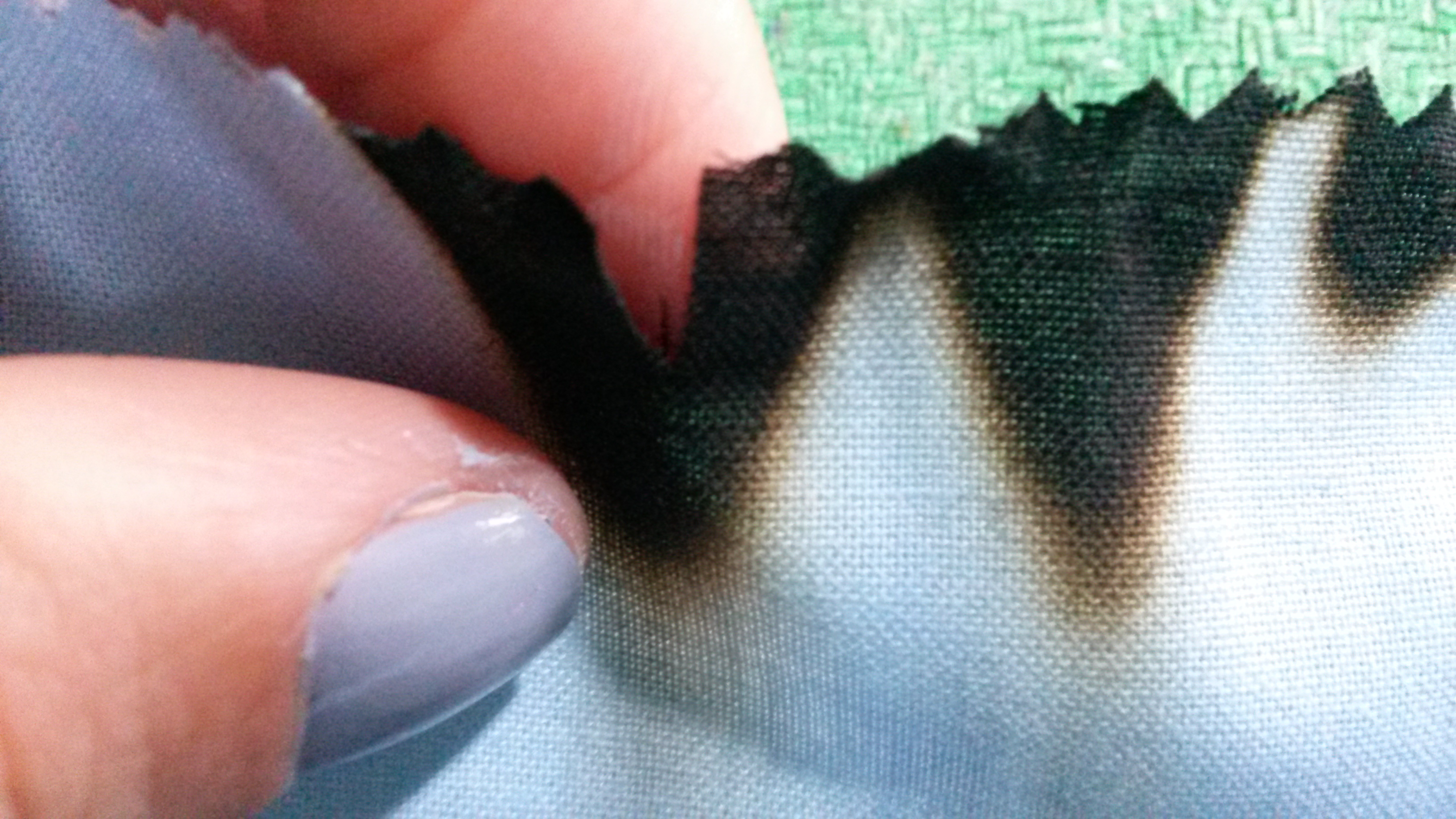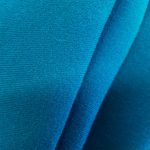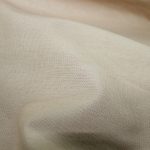In collaboration with KBTs fire retardant liquid, we are going to underline the basics of fire resistant fabrics with the addition of a demonstration video. Fire retardant fabrics are important because so many fires are caused accidently. Fire retardant fabrics can be difficult to set alight or they will burn slower or self-extinguish, helping to prevent injury or death. There are also fire regulations put in place for clothing items such as for children’s sleepwear and for work wear clothing in the emergency services and military. Other standards are provided for environments which can be classified as either low risk, medium risk or high risk. An example of low risk include schools and museums and medium risk include entertainment venues. Here are how fire retardant fabrics work and what are the best options for different applications.
How does the fabric weave affect the fabric’s fire retardancy?
Thicker, more tightly woven fabrics will be harder to ignite in comparison to lighter weight fabrics which will burn easier. Also it is easier to set fire to a fabric edge than the surface, meaning that napped and brushed fabrics with a long pile have more potential to ignite.
How fire resistant are synthetic fibres?
Some synthetics will not ignite into a flame easily, but when they do catch fire they can be unsafe because many synthetic fibres are thermoplastic, meaning that they become mouldable under high heat. Therefore the fabric will melt, which can cause serious burns to the skin making non fire retardant synthetic fabrics unsuitable for protective clothing.
How fire resistant are natural fibres?
Natural fibres can be just as dangerous. Most natural fibres have a composition of carbon which burns a fast spreading, strong fire. Cotton and linen burn easier than silk but in comparison wool has a high water and nitrogen base and is one of the most fire retardant fibres around without being treated, although it must have its oil washed out first. Wool is one of the safest fibres out of both synthetic and natural because it does not easily ignite, and if it does ignite then the flame will often diminish and the fabric will not melt.
How fire resistant are fibre blend fabrics?
Fabric blends with a combination of synthetic and natural fibres can be very dangerous as it can combine the quick burning of natural fibres with the dangerous melting of synthetics, although the flammability of a fabric will depend on its particular composition.
How can a fabric be made fire retardant?
Fire retardant (FR)
One way of making a fabric fire retardant is by applying a chemical finish to the fabric. These are known as fire retardant (FR) fabrics. Natural fibres always use this method and synthetics can too. A chemical fire retardant treatment is very effective although over time will dissipate out of the fabric and washing the fabric will drastically reduce the effectiveness of the fire retardant finish. Fabrics that have been made fire resistant in this way may state how many washes the fire retardancy can last until it will need to be retreated.

Inherently fire retardant (IFR) fibres
Another way a fabric is made fire retardant is by modifying the chemical and molecular structure of the fibre itself which is why this method is mainly fabrics with synthetic fibres. These fabrics are known as inherently fire retardant (IFR) fibres. They are useful because the flame resistance is built into the fibre properties meaning that the fire retardancy will last the life of the fabric.
Fire Retardant Organza- 100% Nylon- KBT4803- Conforms to BS 5867
Organza is a very lightweight, sheer fabric, made from nylon which gives the fabric a slight scratchy feel. Organza has a glimmering sheen ideal for dresses and costumes. This fabric is not durably fire retardant with the implication being that the fire retardant property will fade over time. Nevertheless, as you can see in this video, this organza fabric self-extinguishes and conforms to the BS 5867 fire standard.
Fire Retardant Velveteen- KBT4726
This velveteen has a fairly thick, sturdy woven base with a close cut pile and is ideal for backdrops, exhibitions, jewellery displays and even household coverings. It is highly fire retardant; the fabric does not flame or melt and in fact it eventually puts the candle flame out.
Trevira Dupion- KBT4033
Trevira polyester fibres are considered to be inherently fire retardant. This Trevira dupion fabric has a slight sheen and is made from slubbed yarns (see blog post- what you need to know about yarns). Dupion is known for being made from silk but can be imitated with other fibres; in this case Trevira polyester fibres. From this fire resistant test you can see that the fabric takes a while to ignite but once held in the flame for a while it does set alight. The fire resistant Trevira dupion that we stock conforms to BS5867 PT 2 B, M1, B1. When synthetics are subjected to fire they melt whereas natural fibres turn to ash, when this Trevira polyester is put in the flame it melts but hardens straight away.
Fire Retardant Awning Fabric- KBT5907
Awning fabric is a very stiff material but it provides a high degree of protection for outdoor shelters when subjected to all the weather elements. The burning flame spreads slowly and extinguishes on its own.
Polyester and Cotton Blend Curtain Fabric
This is a polyester and cotton blend fabric. For a thick fabric it has a good drape and is ideal for curtains. Once the fabric is put in the flame, it very quickly ignites and the flame spreads rapidly. The cotton fibre stops the material from melting, instead turning to ash which is less dangerous.
Cotton Lawn- KBT 5554
Our 100% cotton lawn fabric is lightweight and has a very fluid drape but is not fire retardant. When ignited, the flame spreads even quicker than the previous cotton/ polyester curtain fabric shown, demonstrating that the synthetic polyester fibres slow the spread of a flame and thicker fabric decreases the intensity of the fire.
In the video below, this cotton lawn fabric is treated with a fire retardant chemical spray. These fire retardant sprays can be found on our KBT website and can be ordered in various sizes from a 50ml tester to a 25 litre drum. It can be used on any material which is able to absorb liquid and should be sprayed evenly over the fabric surface. After spraying the fire retardant liquid onto the fabric and letting it dry, the fabric will then resist fire. The fire retardant spray conforms to 5852 & 5867 British Standards because it will prevent fabric from igniting and causing a strong fire.
Want to get in contact with us? You can find us on Instagram: @fabricuk_official, Twitter: @fabricsamples, Facebook: Fabric Uk or simply leave a comment on our blog!





